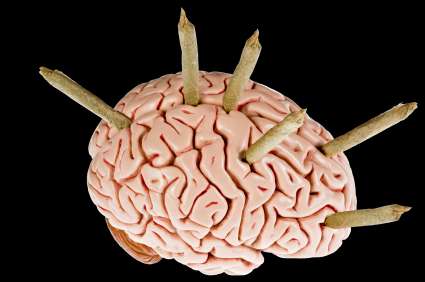Just because marijuana is legal doesn’t mean it’s safe
 The Tribune 2 January 2017
The Tribune 2 January 2017
Family First Comment: Here’s a clear warning of legitimising a drug…
“In a study published last week in JAMA Pediatrics, Cerdá’s team of researchers found that teens in Washington state started getting high more often after voters legalized marijuana for recreational use in 2012. Why? They were convinced the drug wasn’t dangerous anymore.”
#saynopetodope
Results from the 2016 election brought about new rules on the use of recreational and medicinal marijuana in several states, with more than half now allowing for the later. Federal government leaders including president-elect Trump have voiced their opinion on the changing state of mind around marijuana. Is this the beginning of the end of marijuana prohibition?
Asked whether marijuana should be legal for adults in California, voters answered with a resounding “yes” in November. But that doesn’t mean the matter is completely settled. And it definitely doesn’t mean voters support marijuana use by minors.
Many questions remain about the drug — its effect on children and on drivers, to name just two — and the answers are only just starting to trickle in as researchers dig deeper into the public policy ramifications of making weed widely available.
Take the most recent red flag raised by UC Davis epidemiologist Dr. Magdalena Cerdá.
In a study published last week in JAMA Pediatrics, Cerdá’s team of researchers found that teens in Washington state started getting high more often after voters legalized marijuana for recreational use in 2012. Why? They were convinced the drug wasn’t dangerous anymore.
“Across the country there has been a decreased perception of risk associated with marijuana among adolescents,” Cerdá, associate director of the UC Davis Violence Prevention Research Program, said.
Among the eighth-graders Cerdá’s team studied, their “perception of harmfulness” fell by about 14 percent between 2010 and 2015. Among the 10th-graders, the drop was about 16 percent. That’s alarming compared with teens in states where weed isn’t legal for recreational use. Their perception of harm fell by only 5 to 7 percent, according to the study.
READ MORE: http://www.sanluisobispo.com/opinion/editorials/article124172624.html
READ MORE HERE: http://www.sanluisobispo.com/opinion/editorials/article124172624.html#storylink=cpy






